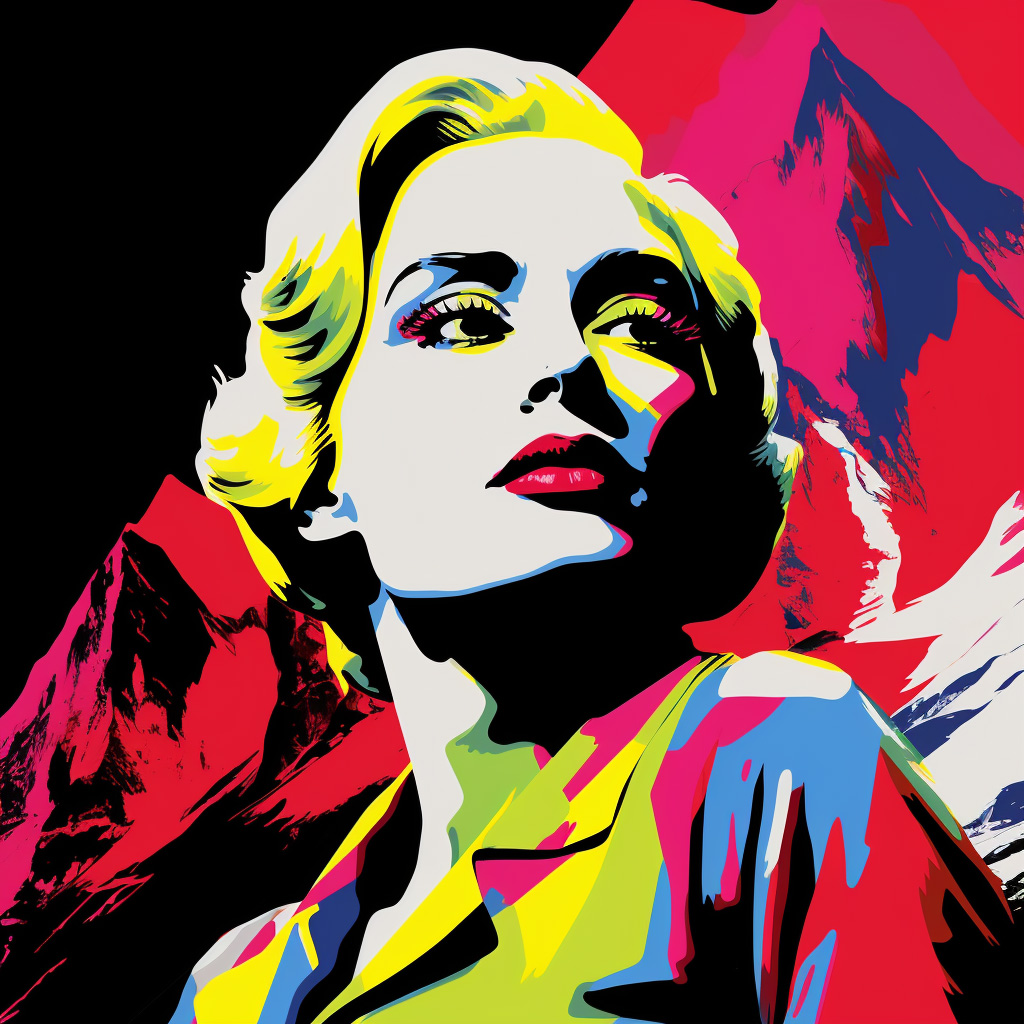
Artificial Intelligence (AI) has long been associated with tasks that require precision, calculation, and efficiency—domains traditionally seen as outside the realm of human creativity. However, in recent years, AI has made remarkable strides in creative fields, such as art, music, literature, and even film. AI and creativity is a convergence of AI and creativity challenges our understanding of what it means to be creative and raises important questions about the future of human artistic expression. In this article, we explore how AI is being used in various creative disciplines and what this means for the future of human creativity.
AI and Creativity in Art: Beyond Algorithms
One of the most visible intersections of AI and creativity is in the field of visual arts. AI-generated art has gained significant attention, with some pieces even being auctioned for substantial amounts. For instance, in 2018, a portrait created by an AI algorithm called “Edmond de Belamy” sold for $432,500 at Christie’s, a prestigious auction house. The artwork was created using a type of AI called Generative Adversarial Networks (GANs). Which involves two neural networks—the generator and the discriminator—competing against each other to create increasingly convincing outputs.
AI-generated art is not limited to mere imitation; it is capable of producing unique works that challenge traditional notions of authorship and originality. Some artists and technologists use AI to explore new styles and techniques that would be difficult or impossible to achieve manually. For example, AI can blend different artistic styles or generate entirely new ones, creating a hybrid that reflects a fusion of human and machine creativity. This has led to a rethinking of the role of the artist—not just as a creator but as a curator and collaborator with AI.
AI and Creativity in Music: Composing the Future
The music industry has also seen a growing use of AI, from composing original pieces to enhancing sound engineering. AI-powered tools can analyze vast amounts of musical data to identify patterns and generate compositions that mimic various genres and styles. For example, OpenAI’s MuseNet can compose complex pieces in the style of classical composers like Mozart. Or contemporary artists like The Beatles. Similarly, AIVA (Artificial Intelligence Virtual Artist) is an AI developed specifically to compose emotional soundtracks for movies, games, and commercials.
AI’s role in music extends beyond composition to include performance and collaboration. In 2020, an AI called “DeepComposer” created a symphony that was performed by a live orchestra. Showcasing how AI-generated music can be indistinguishable from human-created compositions. Additionally, AI is being used to assist musicians in exploring new creative avenues, suggesting chord progressions, melodies, or even entire songs based on the artist’s input. This collaborative approach opens up new possibilities for musicians, allowing them to experiment with sounds and structures that might not come naturally to them.
AI and Creativity in Literature: Writing the Unwritten
AI’s impact on literature has been both fascinating and controversial. AI writing tools like GPT-3 (Generative Pre-trained Transformer 3) can generate text that is remarkably coherent and contextually relevant. These tools have been used to write short stories, poems, and even articles, raising questions about authorship, creativity, and originality. For instance, in 2020, The Guardian published an opinion piece written by GPT-3, which sparked widespread debate about the future of journalism and literature.
AI’s ability to generate text is not limited to imitation. It can also assist writers in brainstorming ideas, generating plotlines, and even creating dialogue. This has led to AI being used as a tool for creative writing, helping authors overcome writer’s block or explore new narrative possibilities. However, the use of AI in literature also raises ethical questions about originality and plagiarism. If an AI generates a novel or a poem, who owns the copyright? Is it the programmer, the user, or the AI itself? These questions remain largely unanswered, reflecting the complexities of AI’s role in creative fields.
AI and Creativity Film and Scriptwriting: The Next Blockbuster?
The film industry is no stranger to the impact of AI and creativity. From special effects and CGI to automated editing tools, AI has been used behind the scenes for years. However, recent developments have seen AI taking on a more creative role in filmmaking, particularly in scriptwriting. AI algorithms can analyze thousands of scripts, identifying successful plot structures, character arcs, and dialogue patterns. This data-driven approach allows AI to generate scripts that mimic popular films or suggest improvements to existing ones.
One notable example is the short film “Sunspring,” which was entirely written by an AI. The script, while somewhat nonsensical, was a fascinating experiment that demonstrated AI’s potential in creative storytelling. The film’s success sparked further interest in using AI for script development, character design, and even directing. While AI is unlikely to replace human writers anytime soon. It can serve as a valuable tool for brainstorming and refining ideas, offering new perspectives on traditional storytelling methods.
The Future of Human Creativity: Augmentation or Replacement?
The growing use of AI in creative fields raises important questions about the future of human creativity. Some fear that AI could lead to a devaluation of human art, music, literature, and film, reducing these forms of expression to mere algorithms and data. However, others see AI as an opportunity to augment human creativity, providing new tools and techniques for artists to explore and experiment with.
AI’s role in creativity is not necessarily about replacing humans but enhancing our creative potential. Just as the camera did not replace painting, AI will not replace human creativity; it will transform it. AI can handle repetitive tasks, analyze large datasets, and generate new ideas. Freeing up human artists to focus on the aspects of creativity that machines cannot replicate—emotion, intuition, and the human experience.
Conclusion: A New Era of Creativity
AI’s impact on creative fields is undeniable, offering new possibilities and challenges for artists, musicians, writers, and filmmakers. While AI can generate art, compose music, write stories, and even develop movie scripts, it remains a tool—a powerful one—that can augment human creativity rather than replace it. As we continue to explore the intersection of AI and creativity. We must consider the ethical, philosophical, and practical implications of this new era. Ensuring that technology serves as a partner in our creative endeavors rather than a competitor. The future of creativity lies not in choosing between AI and human artists. But in finding new ways for them to collaborate and inspire one another.
For Columbus Ohio Web Design Call Marcy Design
Finally Marcy Design is named after Mount Marcy, the tallest mountain in the Adirondacks in upstate New York. The founder of Marcy Design climbed Mt. Marcy over 30 years ago. It was at the top of the mountain that a new company was born. As a Columbus Ohio Website Design company. We will work with your business producing quality work and be more effective at marketing. And increase sales through online and traditional methods.
 614.224.6226
614.224.6226